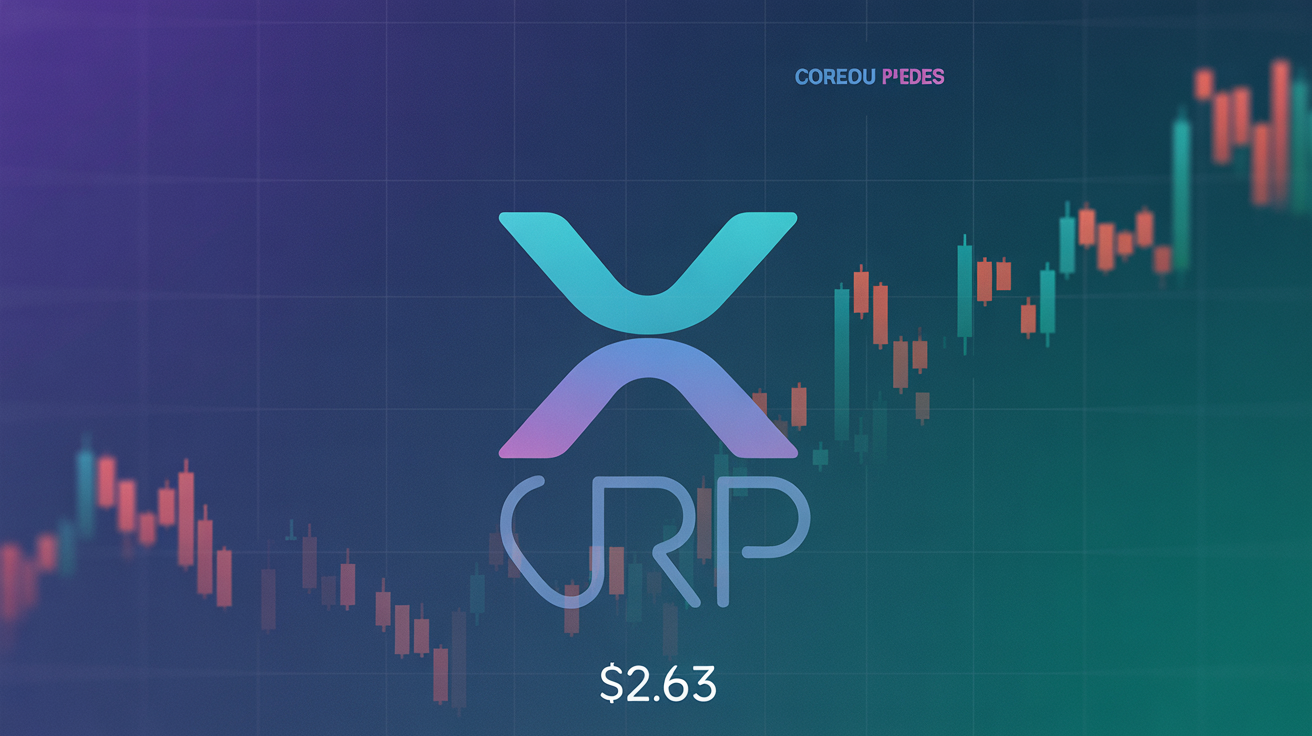
Bitcoin Faces Bearish Breakout, Analysts Predict Potential Drop to $72K-$74K
Bitcoin (BTC) has broken out of its prolonged range above $90K with a sharp decline, raising concerns among investors and analysts. The cryptocurrency has recorded a steep 12.6% drop within the first three days of the week, marking its most significant decline since the FTX collapse in November 2022, as per TradingView data.
This downturn aligns with previous analyses that pointed to investor disappointment over the Trump administration’s failure to swiftly implement the promised national BTC reserve and tightening fiat liquidity conditions.
Institutional Demand Weakens, Market Under Pressure
Institutional interest in BTC and ether (ETH) has dwindled, driving the CME futures market toward backwardation—a situation where spot prices exceed futures prices. Additionally, Wall Street’s tech-heavy Nasdaq index has also experienced a downturn, adding to Bitcoin’s troubles.
Looking ahead, analysts suggest that downward pressure may continue, especially with looming concerns over Trump’s tariffs on Canada and Mexico, set to take effect on March 4. The initial imposition of these tariffs earlier this month triggered a broader risk-off sentiment in the market.
Inflation Data May Not Provide Relief
Investors hoping for relief from Friday’s U.S. core Personal Consumption Expenditures (PCE) index—widely watched by the Federal Reserve—may face disappointment, warns Noelle Acheson, author of “Crypto is Macro Now.”
The core PCE, which excludes volatile food and energy prices, is expected to show a 2.6% year-over-year increase for January, down from December’s 2.8%. Traditionally, lower inflation raises expectations of interest rate cuts, boosting risk assets. However, markets may instead focus on rising forward-looking inflation metrics, such as consumer inflation expectations, which jumped from 5.2% to 6% in February, per the Conference Board’s data.
Even if the PCE reading comes in lower than expected, it could be interpreted as a sign of economic slowdown, further unsettling markets, Acheson cautioned. “This bad mood is largely macro-driven,” she noted, citing concerns over tariffs, elevated corporate valuations, and AI-related portfolio overexposure.
Bitcoin’s Dual Role as a Risk Asset and Safe Haven
Despite the negative sentiment, Acheson pointed out that Bitcoin’s dual appeal—as both a risk asset and a digital gold-like haven—could attract new long-term investors at the right price level, thereby encouraging traders to re-enter the market.
Key Support Levels and Demand Zones
From a technical standpoint, breaking below the $90K-$110K range could set Bitcoin up for a potential slide toward $70,000. Markus Thielen, founder of 10x Research, suggests that in a worst-case scenario, BTC could fall to the $72,000–$74,000 range before rebounding.
At the time of writing, BTC has rebounded to $86,000 after testing a key demand zone around $82,000. Thielen identified this level by analyzing the short-term holders’ realized price—a metric representing the average price paid by investors who have held BTC for less than 155 days. Historically, Bitcoin rarely trades below this level for extended periods during bull markets but remains below it longer in bear markets.
If Bitcoin follows its 2024 consolidation pattern, a decline to approximately $82,000 could precede stabilization, Thielen added.
Regulatory Developments Could Influence Market Sentiment
Some analysts remain optimistic that regulatory clarity could provide a boost to Bitcoin and the broader digital asset market. Wednesday’s Senate Committee hearing on “Exploring a Bipartisan Legislative Framework for Digital Assets” could set the stage for clearer regulations.
“A well-defined regulatory framework may be precisely what institutions need to confidently invest in the space, unlocking the next wave of capital inflows. If the U.S. establishes clear guidance on stablecoins and digital asset regulations, we could see a significant increase in institutional allocations,” said Matt Mena, crypto research strategist at 21Shares.
As Bitcoin navigates this volatile period, investors will be closely monitoring macroeconomic conditions, regulatory developments, and key technical support levels for signs of market stabilization.






